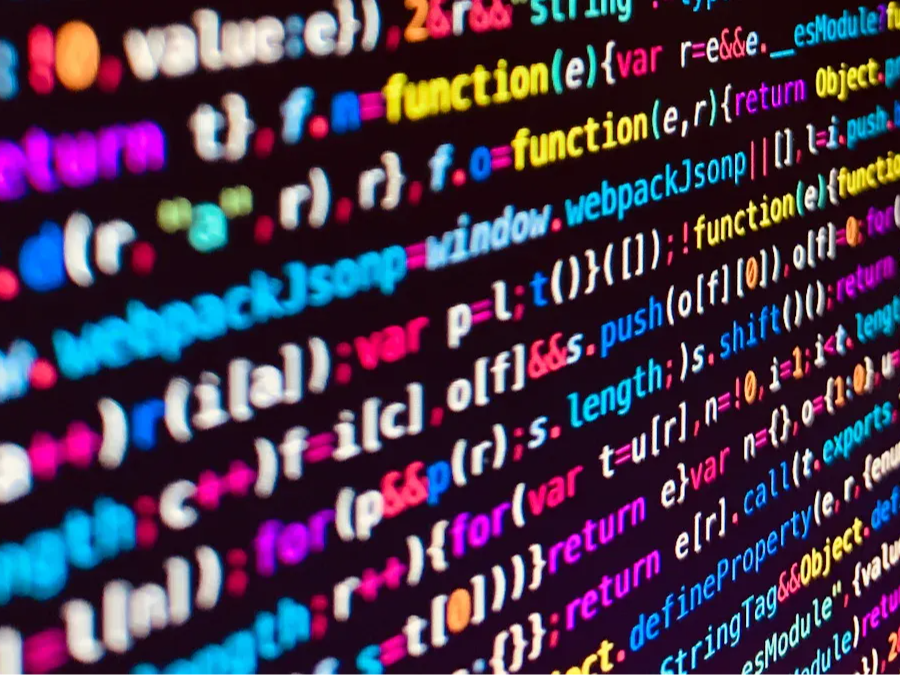Dataset distillation, as an innovative technology for compressing the knowledge of large-scale datasets into smaller synthetic datasets, is rapidly developing and showing great potential. It not only provides new ideas for solving storage, computation, and privacy challenges posed by large-scale datasets but also injects new vitality into the development of various machine learning fields. With ongoing research and continuous technological innovation, dataset distillation is expected to play an increasingly important role in the future development of artificial intelligence.
What is Dataset Distillation?
Dataset distillation, also known as dataset compression, is a technique designed to extract key information from a large-scale dataset and construct a smaller dataset. This smaller dataset, though much smaller than the original dataset, should allow the trained model to achieve performance comparable to a model trained on the original dataset. The core idea of dataset distillation is to apply a series of algorithms and strategies, such as denoising, dimensionality reduction, and refinement, to the original complex dataset, obtaining a more refined and useful dataset.
How Dataset Distillation Works?
Input: A large-scale real training dataset is used as input.
Generate Synthetic Distilled Dataset: A smaller synthetic distilled dataset is created.
Evaluate Model Performance: The performance of the model trained with the distilled dataset is evaluated on the real validation/test dataset.
Data Selection and Preprocessing: Representative data points are selected from the original dataset. Preprocessing, such as normalization and denoising, is performed to improve the efficiency and effectiveness of subsequent processing.
Feature Extraction and Representation: Advanced feature extraction techniques, such as deep learning models, are used to extract key features from the data. These features should capture the core information of the data and form the basis for the distillation process.
Knowledge Compression: Algorithms further compress the extracted features to form a smaller dataset. Techniques such as gradient matching, distribution matching, feature regression, or generative models may be employed.
Model Training and Optimization: The compressed dataset is used to train the model, and optimization algorithms adjust the model parameters. The goal is to minimize the dataset's size while maintaining model performance.
Performance Evaluation and Iteration: The model's performance is evaluated on an independent real dataset to ensure the effectiveness of the distilled dataset. The distillation process is iterated and optimized based on evaluation results, further improving the quality of the dataset and the model's performance.
Methods used in dataset distillation include:
Gradient/Trajectory Matching: Optimizing the synthetic dataset by matching the gradients of the model on real and synthetic datasets.
Distribution/Feature Matching: Ensuring that the distribution of the synthetic dataset closely resembles the distribution of the real dataset.
Neural Network Feature Regression: Using pre-trained neural networks as feature extractors and optimizing the synthetic dataset by regressing the features of the real dataset.
Generative Models: Using generative models (e.g., GANs) to generate synthetic data that represents the original dataset.
Main Applications of Dataset Distillation
Dataset distillation technology has wide applications across multiple fields. Here are some key use cases:
Privacy Protection: Distilled datasets can mitigate data privacy concerns by excluding personally identifiable data points from the distilled version.
Continual Learning: In continual learning scenarios, dataset distillation helps the model quickly adapt to new data while retaining memory of old data.
Neural Architecture Search: In neural architecture search, dataset distillation can provide a smaller dataset to accelerate the search process while maintaining the accuracy of the search results.
Resource-Constrained Environments: In environments with limited computing and storage resources, dataset distillation offers an effective solution, enabling researchers to train and apply advanced models within these constraints.
Federated Learning: Distillation techniques can help reduce communication costs in federated learning.
Medical Image Analysis: In privacy-sensitive medical data contexts, dataset distillation provides a new approach to data sharing.
Challenges Facing Dataset Distillation
Dataset distillation faces multiple challenges in the future, which can be explored in the following key areas:
Distilling High-Resolution and Complex Label Space Data: Distilling high-resolution images or data with complex label spaces presents challenges. For example, in medical image analysis, high-resolution images contain rich detail that is crucial for diagnosis.
Interpretability and Robustness of Distilled Data: The synthetic datasets generated in the distillation process often lack interpretability. In many applications, especially in fields like healthcare and finance, the model’s decision-making process needs to be highly transparent and interpretable.
Optimization Stability and Computational Efficiency: The optimization algorithms in dataset distillation need to handle large numbers of parameters and complex objective functions. These algorithms must be computationally efficient and stable during optimization. Current methods may encounter issues such as vanishing or exploding gradients, affecting the quality of the distilled dataset and the model's final performance.
Cross-Architecture Generalization: Distillation techniques must generate synthetic datasets that perform well across different network architectures. Existing methods may perform well on certain architectures but struggle with others.
Efficient Distillation of Large-Scale Complex Datasets: As dataset sizes grow, efficiently distilling large-scale complex datasets becomes a significant challenge.
Integration with Other Machine Learning Techniques: The combination of dataset distillation with other machine learning techniques, such as meta-learning, self-supervised learning, and federated learning, is a promising research direction.
Deployment and Optimization in Real-World Environments: The deployment and optimization of dataset distillation in real-world environments are also a challenge. Real-world applications must consider factors like data real-time requirements, model update frequencies, and computational resource limitations. Efficient integration of dataset distillation into actual production environments remains a key issue.
Privacy Protection and Data Security: Protecting data privacy and security during the distillation process is a significant challenge. Especially in applications involving sensitive data, ensuring that personal information is not leaked while still generating effective synthetic datasets is a concern.
Data Diversity and Fairness: Maintaining diversity and fairness in the data during the distillation process is another challenge. Certain data characteristics might unintentionally be lost, affecting the model’s performance on specific groups.
Theoretical Foundation and Algorithm Innovation: Theoretical foundations and algorithmic innovations are key to the development of dataset distillation technology. Current methods are not yet fully mature theoretically, and further research is needed to explore the theoretical limits and optimal strategies of dataset distillation.
Future Prospects of Dataset Distillation
Despite significant progress in dataset distillation technology, there are still many directions worthy of in-depth research. These include:
Researching how to efficiently distill larger and more complex datasets while maintaining performance.
Improving the interpretability of synthetic datasets to make them more understandable and robust against various attacks.
Developing general dataset distillation methods that are applicable to a wide range of tasks (e.g., classification, detection, segmentation).
Exploring the potential for integrating dataset distillation with other machine learning techniques such as meta-learning and self-supervised learning.
Investigating how to better integrate dataset distillation into real-world production environments and optimize deployment strategies.








